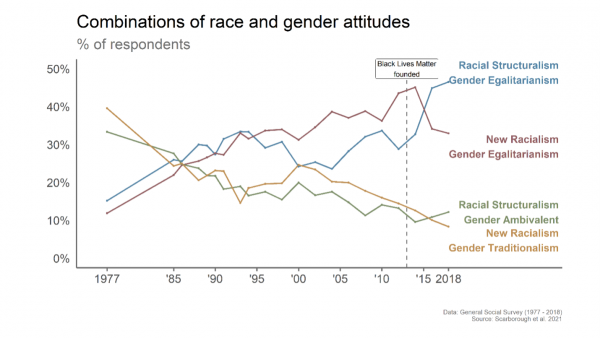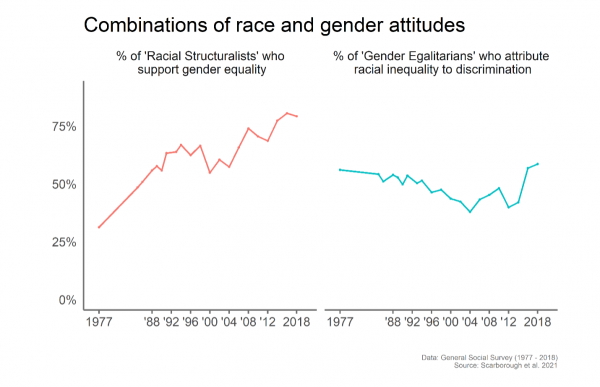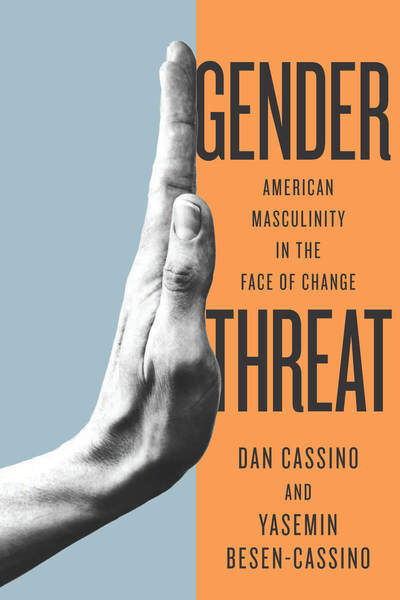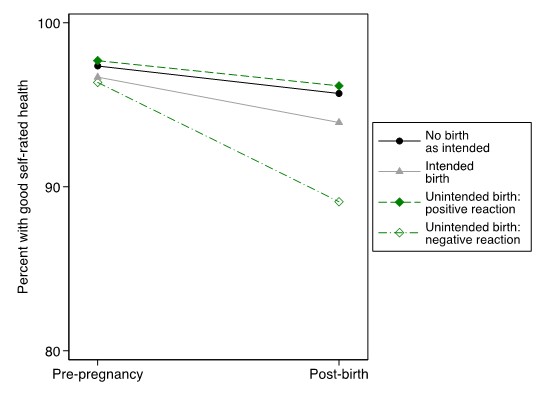
Reposted with Permission from the Gender & Society Blog.
Who Pulls the Purse Strings—Why Does it Matter?
How partners manage their money is a key part of everyday family life. Money management illustrates the checks and balances of power that are crucial to understanding couple relationships. As financial management provides essential access to money in the household, gender inequalities in household financial management can lead to inequalities in partners’ living standards, health, and well-being. A few recent studies have also shown that gendered dynamics of partners’ money management also matter for relationship satisfaction.
The uneven pace of the gender revolution between the public and domestic spheres presents a major puzzle for understanding how gender equality at work translates into gender equality at home. Household financial management is an important, but often overlooked, link in this translation. In my previous research, for example, I have found that women were only able to translate their earnings into a reduction in their housework time when they participate in or control financial management in the household.
Context: Changing Couplehood and the Gender Revolution
Over the past decades, couple relationships have evolved as has the gender revolution. Popular media and scholars alike have predicted a decline in partners’ material interdependence and an “individualization” of couple relationships, as women’s labor force participation and economic status increases. However, it is less clear whether the “individualization” of couplehood is also reflected in how partners manage their money. Has the gender revolution given women greater power in household finances? As couples have different economic options, it is important to explore whether and how trends of household financial management differ between low- and high-earning women and couples.
The Research
In my paper, published in Gender & Society, I have analyzed data from 11,730 heterosexual couples from a nationally representative sample of the UK population. I have examined changes in financial management for cohorts of couples born between the 1920s and 1990s.
My findings show that the gender revolution in who pulls the purse strings has followed divergent paths. Over time, low- and high-earning women have come to take more control of the finances in their relationships, but in different ways.
As high-earning women develop a sense of autonomy from their earnings and can afford the transaction costs associated with keeping separate purses, their empowerment in household finances is primarily characterized by a trend of “individualization,” as reflected in a decrease in joint financial management and an increase in independent management, such as separate bank accounts. Further, the trend of “individualization” is primarily found among men and women with about equal individual income: the decline of joint financial management is particularly prominent among women with equally high earnings as their male partners.
Women with low earnings have seen more subtle changes. More recent groups of low-earning women now keep their own spending money rather than receive a housekeeping allowance, which gives them more freedom of choice on how the money is spent.
Changes have also taken place for men. More recently, men have become less likely to adopt a “back-seat” management of the finances, where they give their partners a housekeeping allowance to manage the delegated and onerous chore of making the money stretch to cover daily expenses. Rather, men have stepped up to share the chore of everyday money management. Taken together, these trends show a subtle relaxation of male control over household finances for women with low earnings.
Implications of the Findings
My findings lead to some room for optimism. I found progress toward, but not yet full achievement of, gender equality in how couples manage their money. The tale of two (divergent) gender revolutions by social class underlines the importance of an intersectional lens on gender equality in couples.
While some sociologists have long argued that modern couple relationships increasingly incorporate the ideals of equality and individual autonomy, how these ideals are achieved differs considerably between low- and high-earning women and couples. My findings draw attention to the role played by material conditions in shaping the way gender equality is achieved in couples’ money management. I show that (income) equality between high-earning partners is at the core of the “individualization” of couple relationships.
Yang Hu(Twitter: @dr_yanghu) is a Senior Lecturer in Sociology at Lancaster University, UK. His research focuses on changing gender and work-family relations and their intersections with population mobility in a global context.














